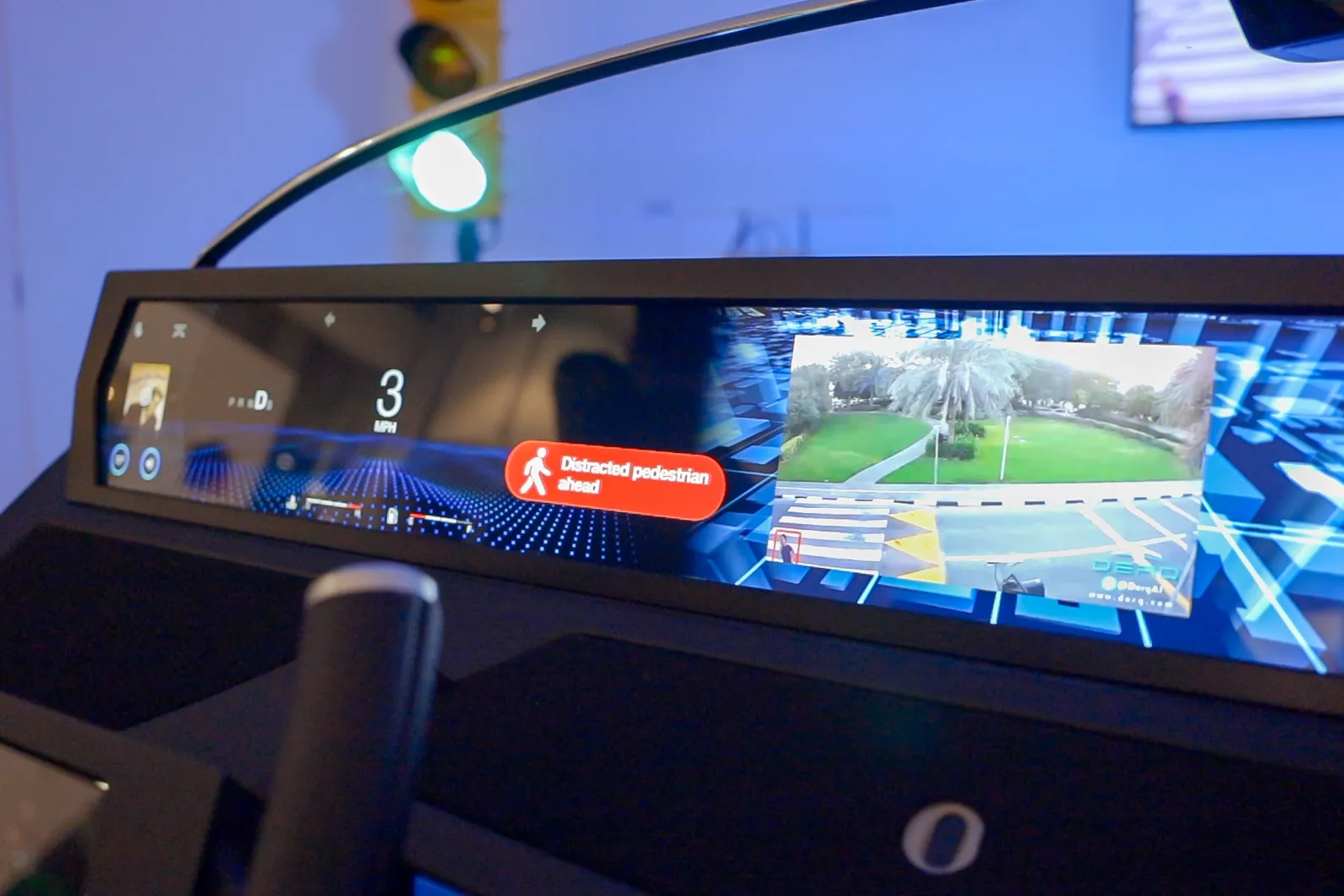Sensys Networks is unveiling SensMetrics, a 24x7 intersection performance and safety analytics system that enables local traffic agencies to optimise performance and safety of intersections and arterial corridors on an ongoing basis. SensMetrics helps agencies reduce congestion, to greenhouse gas emissions and to improve safety.
SensMetrics is a game-changer. It fuses vehicle detection data with traffic signal phase data to generate a rich suite of intersection performance and safety metrics: automatic t
June 2, 2015
Read time: 2 mins

SensMetrics is a game-changer. It fuses vehicle detection data with traffic signal phase data to generate a rich suite of intersection performance and safety metrics: automatic turn movement counts, saturation flows, percentage arrivals on green, intersection delays per approach, Volume/Capacity (V/C) ratios per phase, Purdue Coordination Diagrams (PCDs), and red-light violation counts. Server software is cloud-based or on premise, and enables the analytics to be aggregated over different time intervals and traffic movements. More significantly, SensMetrics requires no upgrades or changes to the existing signal controller or its operation.
SensMetrics provides traffic signal operators with metrics of an unprecedented level of accuracy and granularity. Infrequent manual traffic studies are replaced with a continuous 24x7 performance monitoring system.
Traffic signals can be retimed whenever performance degradations are observed and not limited to infrequent, study-based samples. Red-light violation counts allow agencies to launch appropriate education or enforcement campaigns based on solid data.
“SensMetrics enables intersection operations to be transformed from reactive to proactive, from anecdotal to data-driven, keeping existing controllers and operations intact,” says Christopher Flores, director of product management.
“With greater traffic performance accountability being demanded by both federal funding authorities and local government officials, SensMetrics provides agencies with a cost-effective system to demonstrate reduced traffic delays, reduced greenhouse gas emissions and increased traffic safety.”










